Famous mobsters of the 20th century
There’s something undeniably captivating about the mobsters of the 20th century. These figures were as notorious as they were glamorous, with their larger-than-life personas and tales of crime and cunning. While they lived on the edge of society’s laws, they also captured the imagination of the public, becoming anti-heroes in countless stories. Their influence reached far beyond the criminal underworld, leaving a mark on pop culture that endures to this day.
The Rise of Organized Crime in the Early 1900s
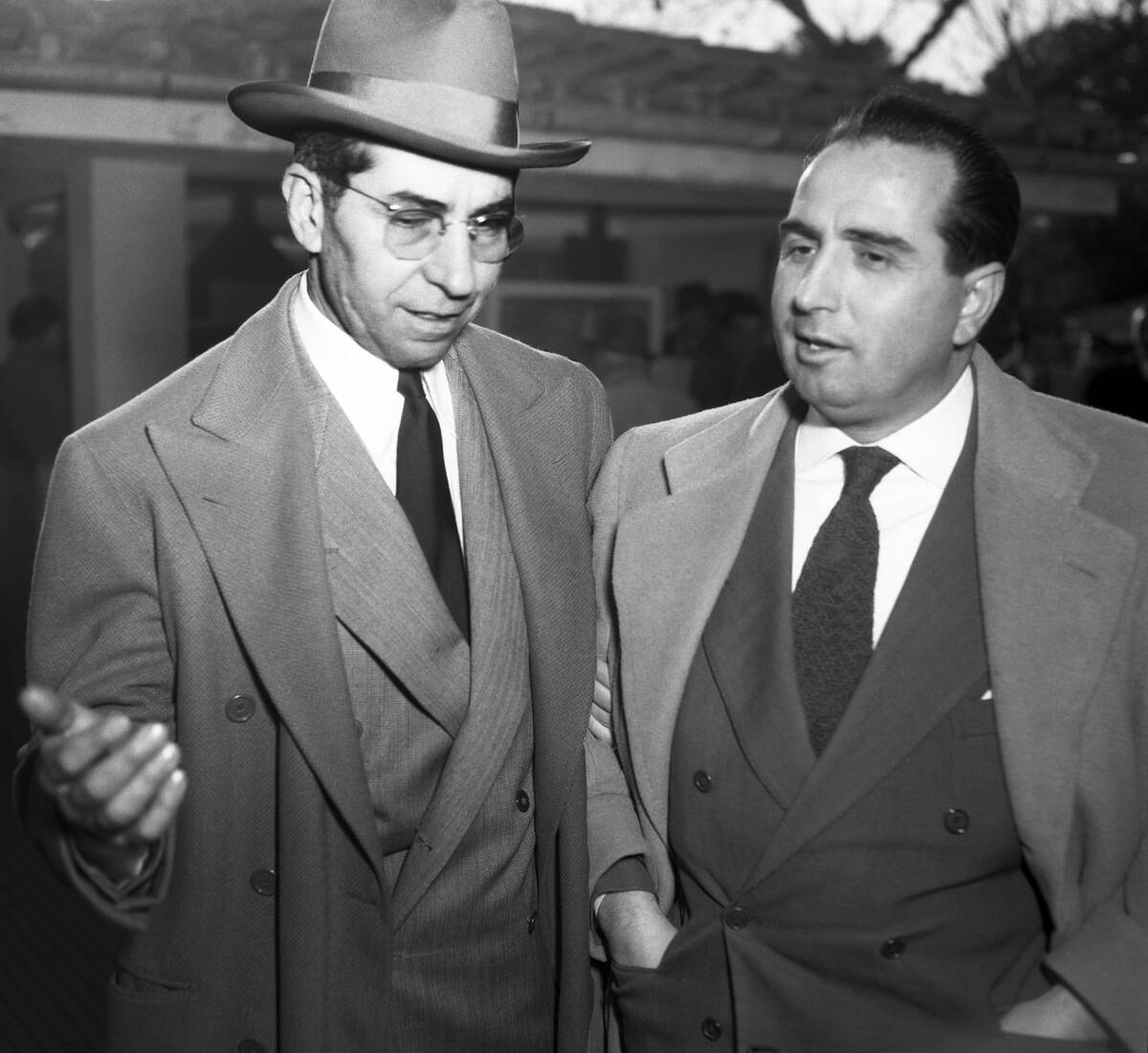
The early 1900s saw the emergence of organized crime as a significant force in America. Prohibition provided fertile ground for illegal activities, particularly the smuggling and distribution of alcohol. During this period, crime syndicates formed sophisticated networks, capitalizing on the demand for illicit goods. Cities like New York and Chicago became hotbeds for these operations, with crime families establishing their territories and hierarchies.
Al Capone: The Infamous Chicago Crime Boss
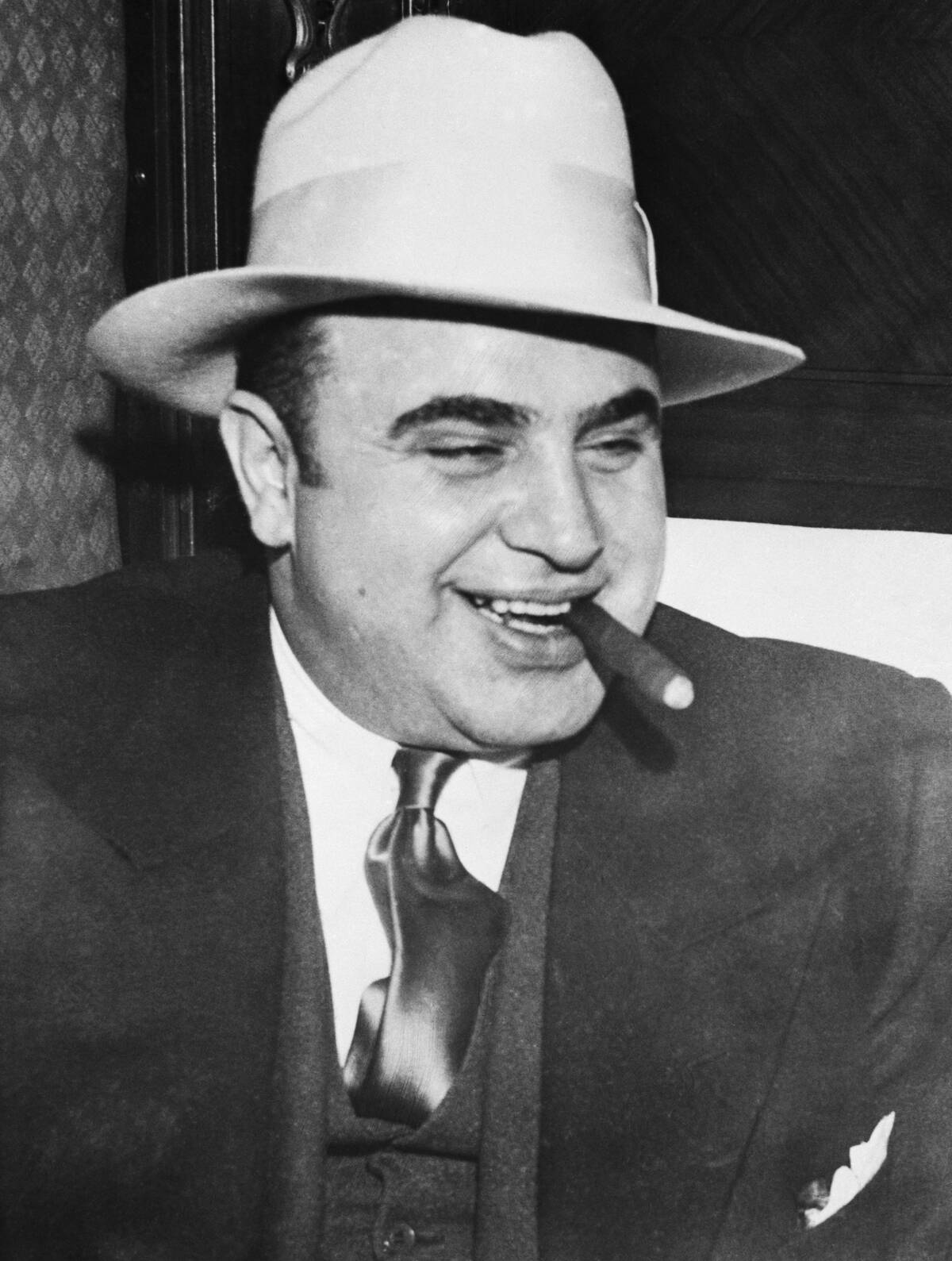
Al Capone, often called ‘Scarface,’ was a central figure in the Chicago underworld during Prohibition. Born in Brooklyn, New York, Capone moved to Chicago and quickly rose through the ranks of the crime scene. His reign was marked by violence and corruption, culminating in the notorious St. Valentine’s Day Massacre. Despite his criminal enterprises, Capone was seen by some as a modern-day Robin Hood, providing for the poor during the Great Depression.
Lucky Luciano: The Father of Modern Organized Crime
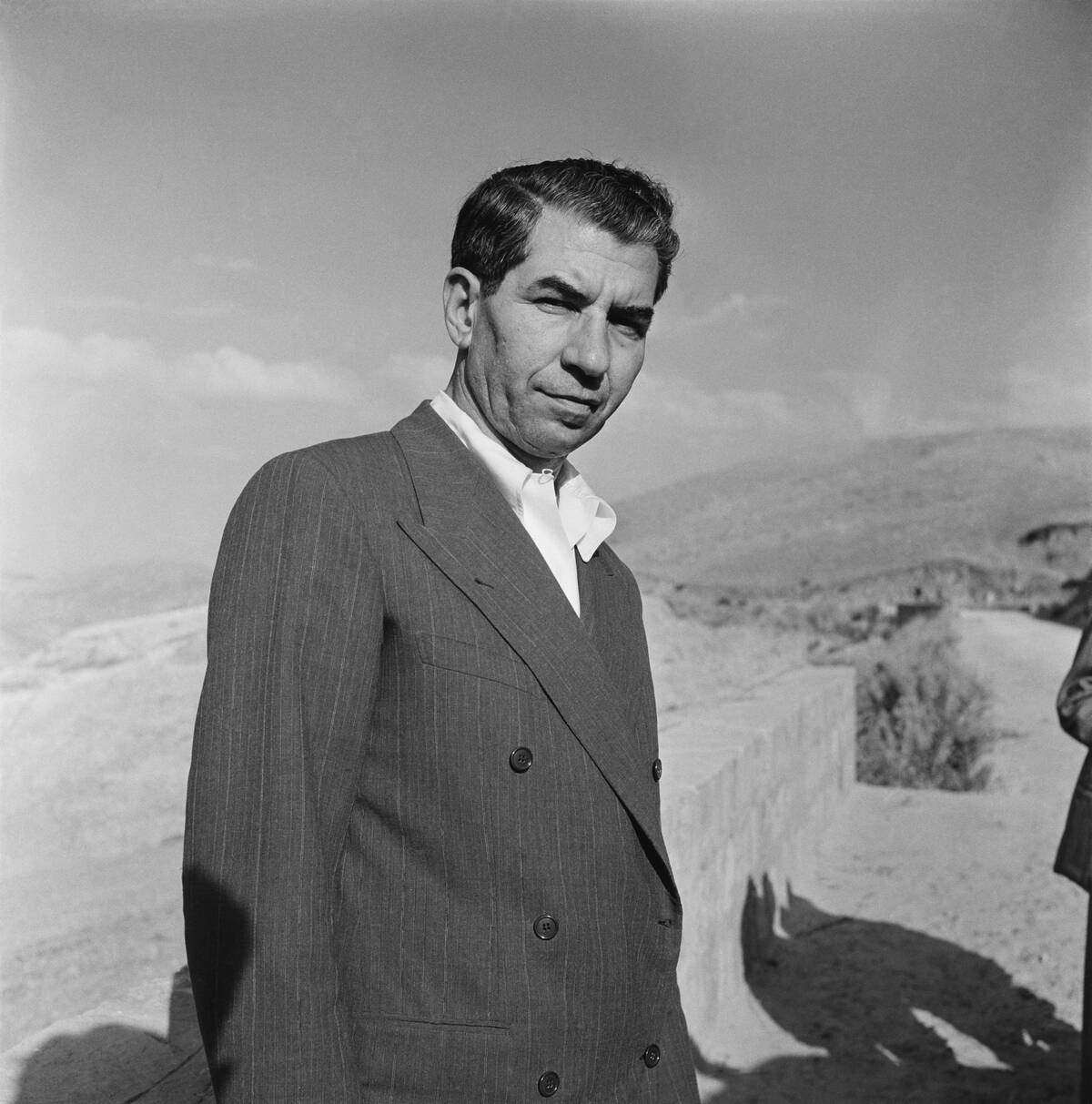
Charles “Lucky” Luciano is credited with creating the modern American Mafia. He established The Commission, a governing body for organized crime families, to maintain peace and cooperation. Luciano’s influence extended beyond the U.S., as he was involved in international narcotics trafficking. His ability to navigate both the criminal underworld and legitimate business circles earned him a reputation as a strategic mastermind.
Meyer Lansky: The Mob’s Financial Genius
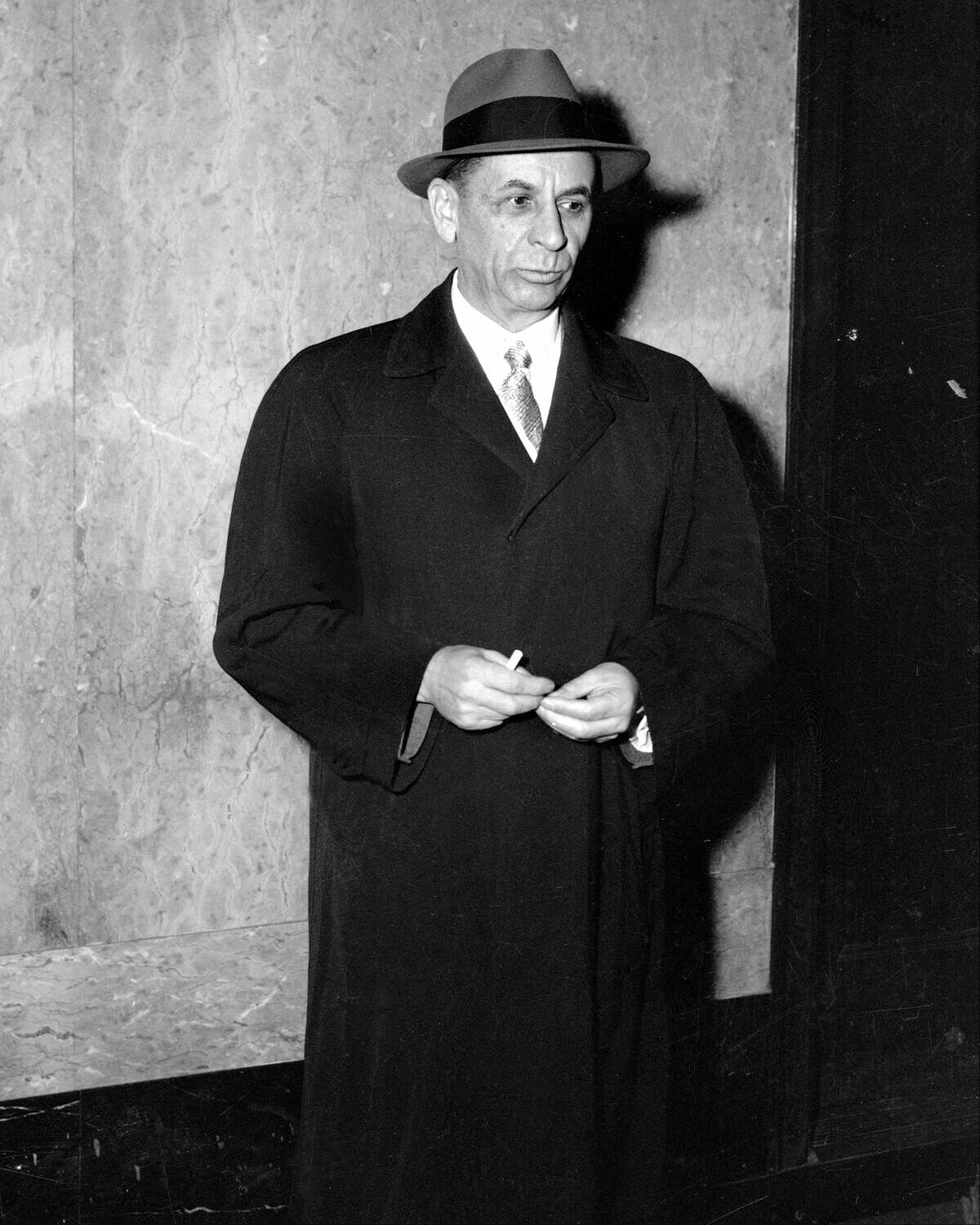
Meyer Lansky, known as the ‘Mob’s Accountant,’ was integral to the financial operations of organized crime. He was a key player in the development of the National Crime Syndicate. Lansky’s genius lay in his ability to launder money and invest in legal enterprises. His operations spanned the globe, and he was instrumental in establishing Las Vegas as a betting haven. Lansky’s low profile and financial acumen kept him out of the limelight, unlike many of his peers.
Bugsy Siegel: The Visionary Behind Las Vegas
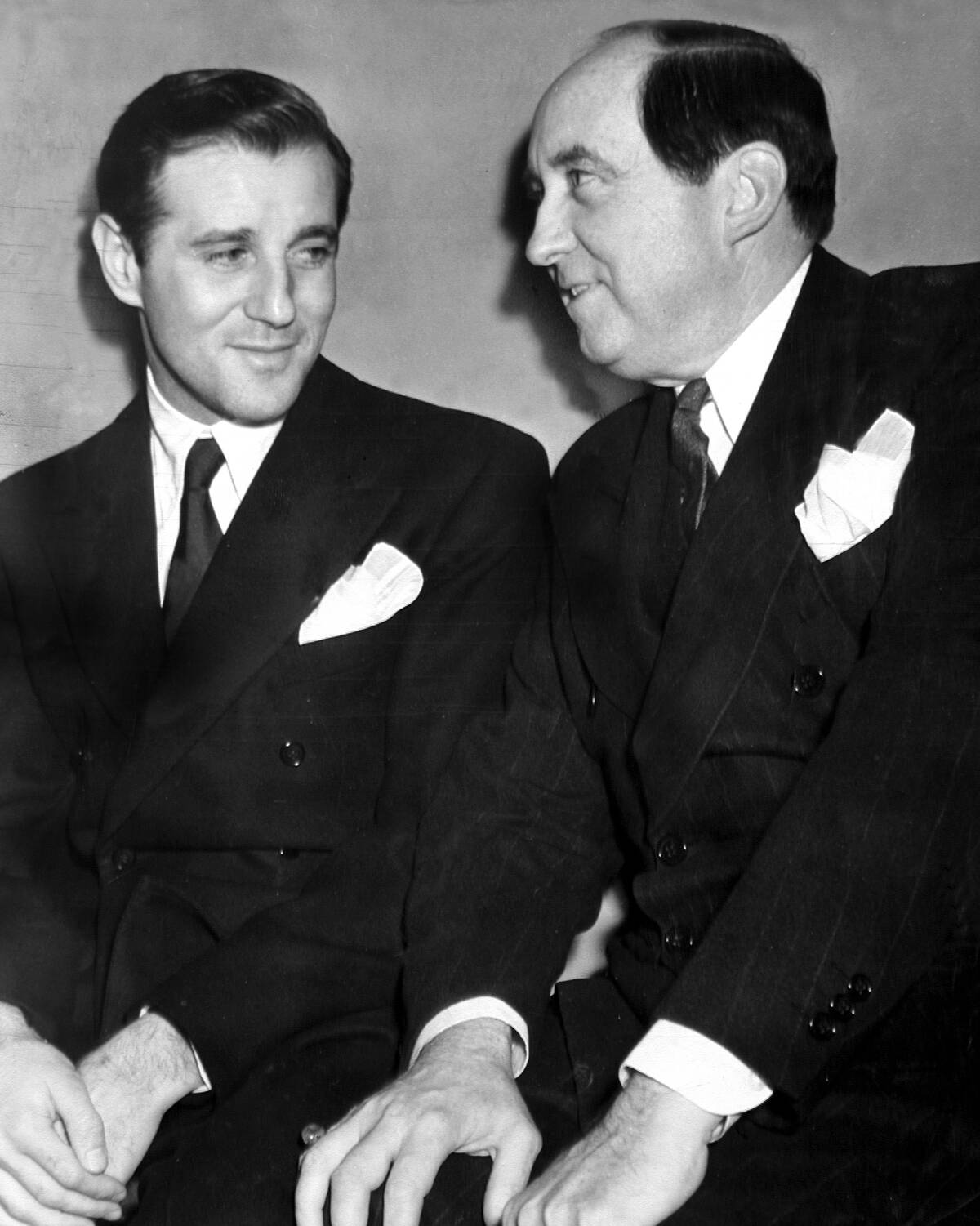
Bugsy Siegel is often credited with transforming Las Vegas into the entertainment capital it is today. A notorious mobster with Hollywood connections, Siegel envisioned a glamorous casino resort in the desert. This vision became reality with the Flamingo Hotel, though it was plagued by budget overruns and construction delays. Siegel’s untimely death remains shrouded in mystery, but his legacy in Las Vegas endures, as the city continues to be synonymous with luxury and vice.
Frank Costello: The Prime Minister of the Underworld
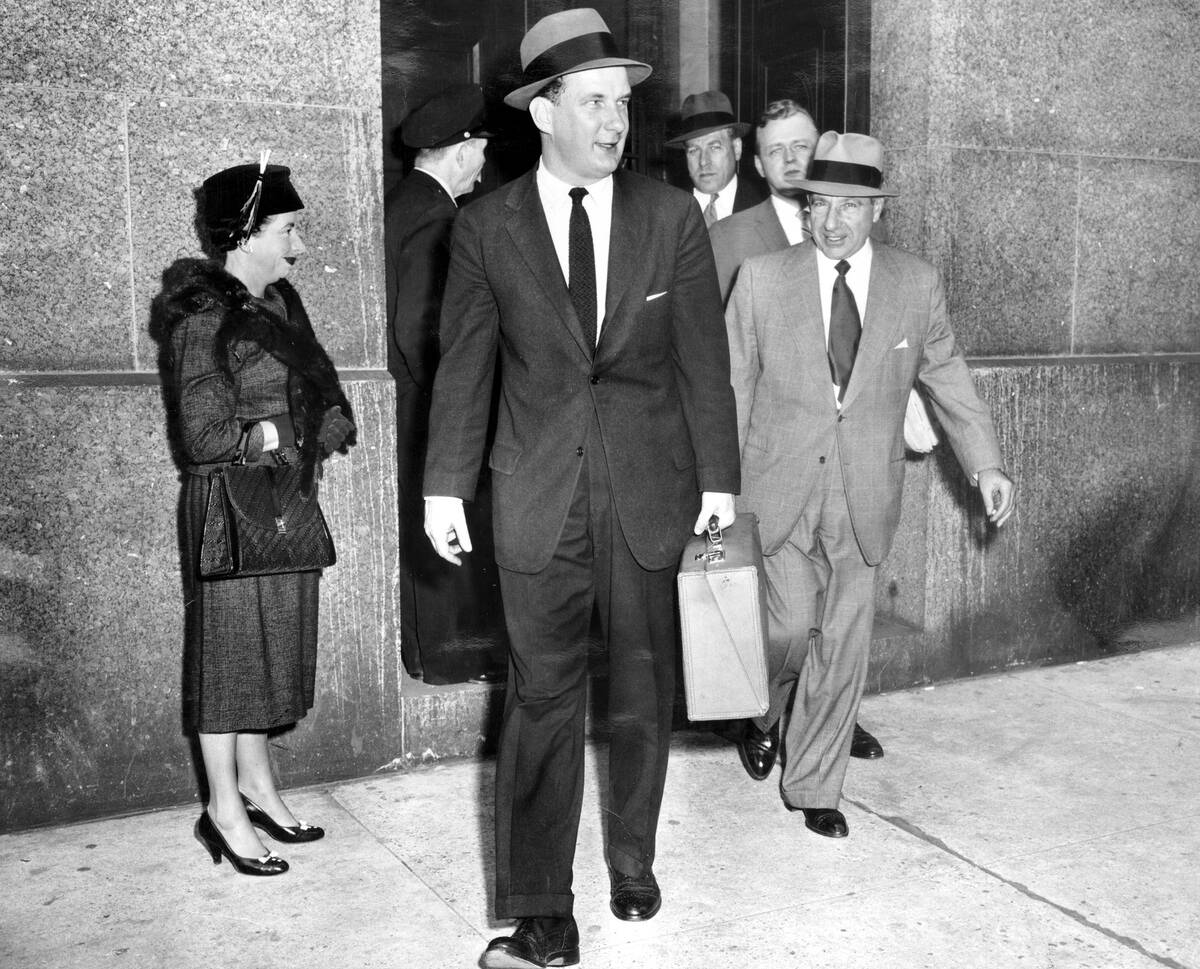
Frank Costello, known for his diplomatic skills, was a prominent figure in the New York crime scene. Unlike many of his contemporaries, Costello preferred negotiation over violence. His influence extended into politics, earning him the nickname ‘The Prime Minister of the Underworld.’ Costello’s ability to maintain a low profile and his knack for alliances allowed him to wield significant power without drawing unwanted attention from law enforcement.
John Dillinger: The Notorious Bank Robber
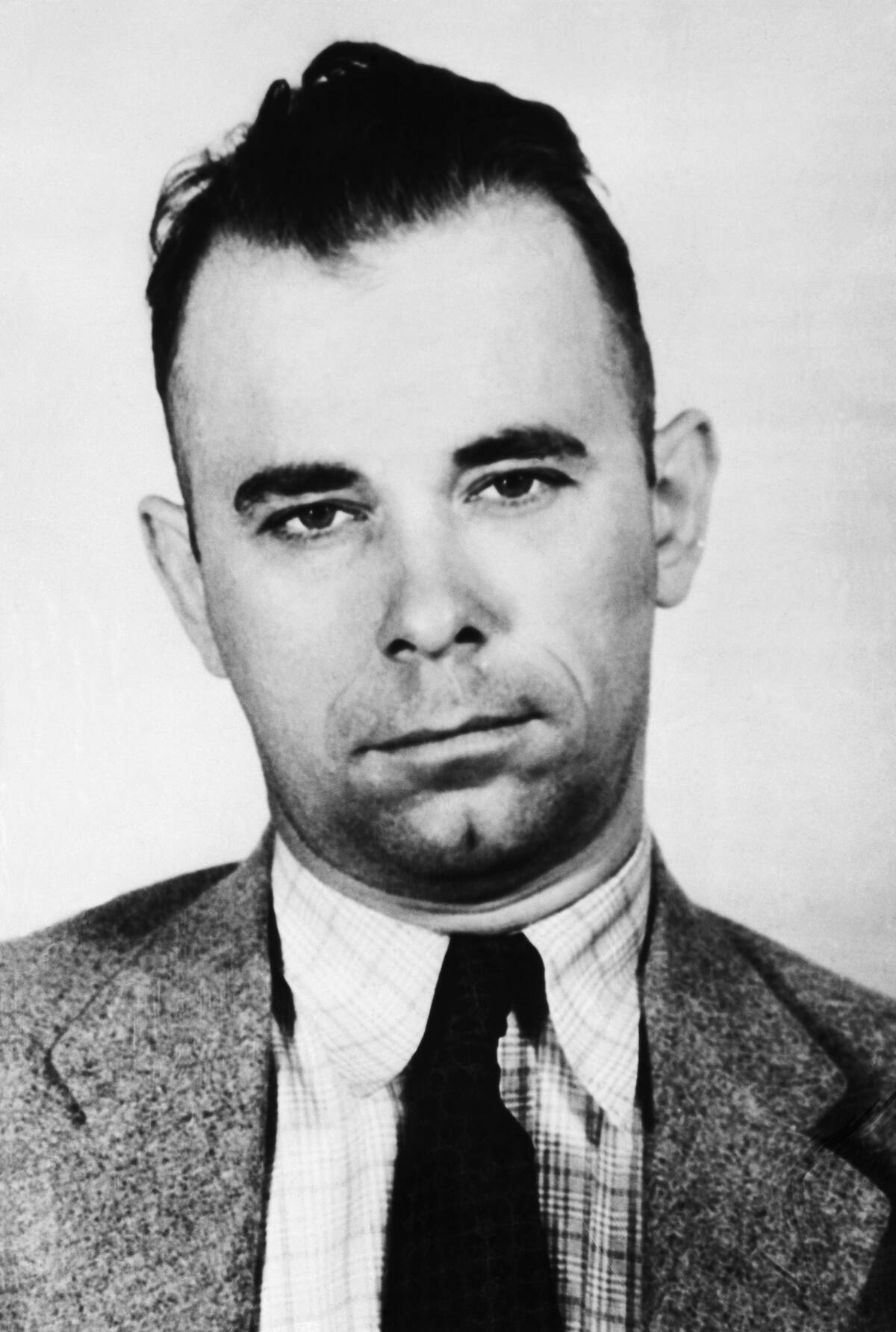
John Dillinger became infamous during the Great Depression as a daring bank robber. His exploits captivated the public, as he often outwitted law enforcement with his charismatic personality and clever escapes. Dillinger’s life was a constant cat-and-mouse game with the FBI, culminating in his dramatic death outside the Biograph Theater in Chicago. His story has been romanticized in numerous films and books, cementing his legacy as an American folk hero.
Bonnie and Clyde: The Infamous Criminal Couple
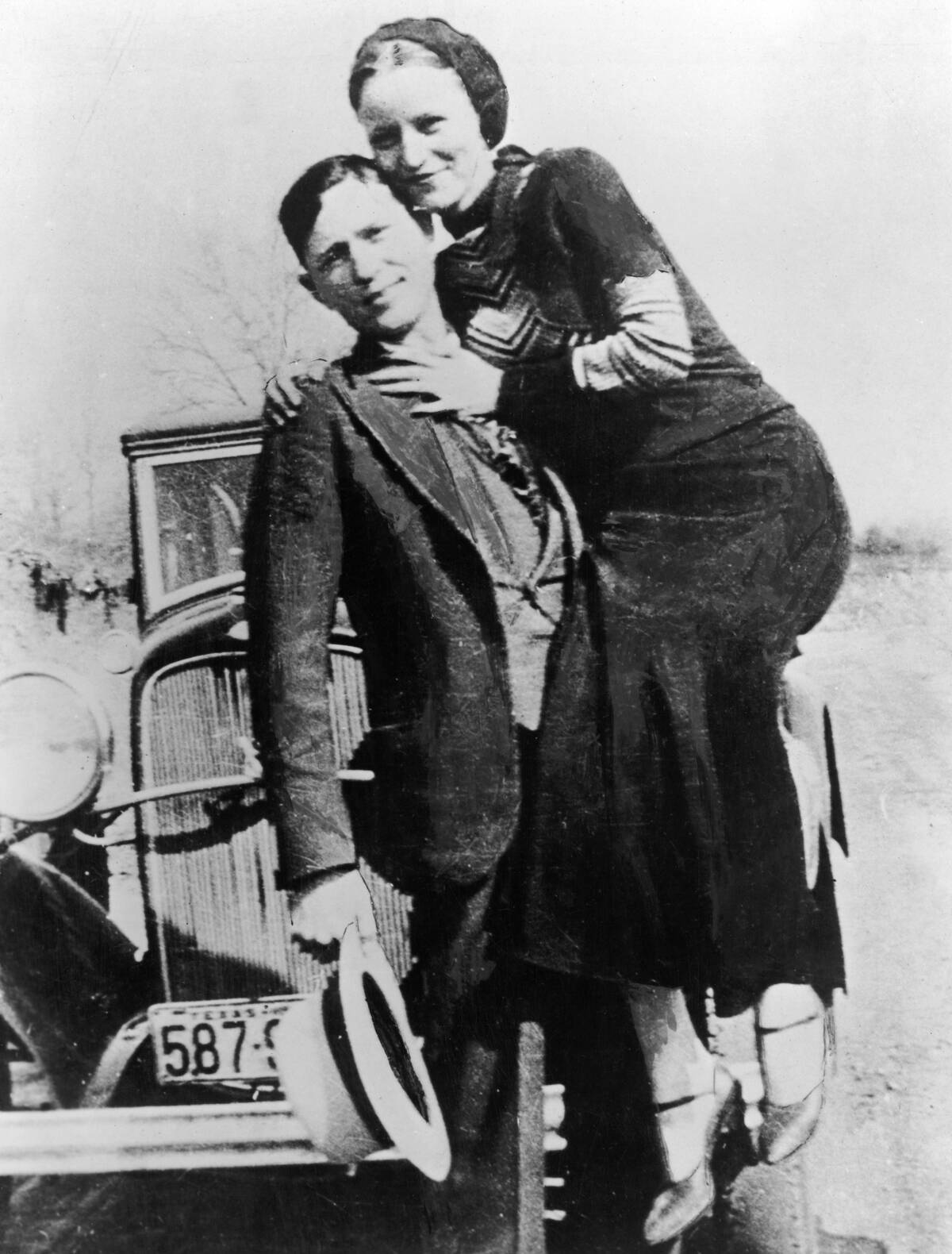
Bonnie Parker and Clyde Barrow were the embodiment of the outlaw couple during the Great Depression. Their crime spree included bank robberies, store heists, and car thefts across several states. The duo’s boldness and Bonnie’s unexpected role as an active participant in crime fascinated the public. Their romance and eventual violent end in a police ambush have been dramatized in popular culture, making them iconic figures in the annals of American crime.
Vito Genovese: The Ruthless Mafia Leader
![[redacted] wanted in connection of the murder of Ferdinan](https://media.tellmebest.com/wp-content/uploads/2024/05/vito-genovese-wanted-in-connection-of-the-murder-of-ferdinan-48050.jpeg)
Vito Genovese was known for his ambition and ruthlessness in the Mafia hierarchy. He sought to consolidate power and expand his influence within organized crime. Genovese’s tenure was marked by his willingness to use violence to achieve his goals, and he was instrumental in the drug trade. Despite his efforts to dominate the Mafia landscape, his downfall came when he was convicted on narcotics charges, highlighting the risks inherent in his line of work.
Carlo Gambino: The Quiet Power Player
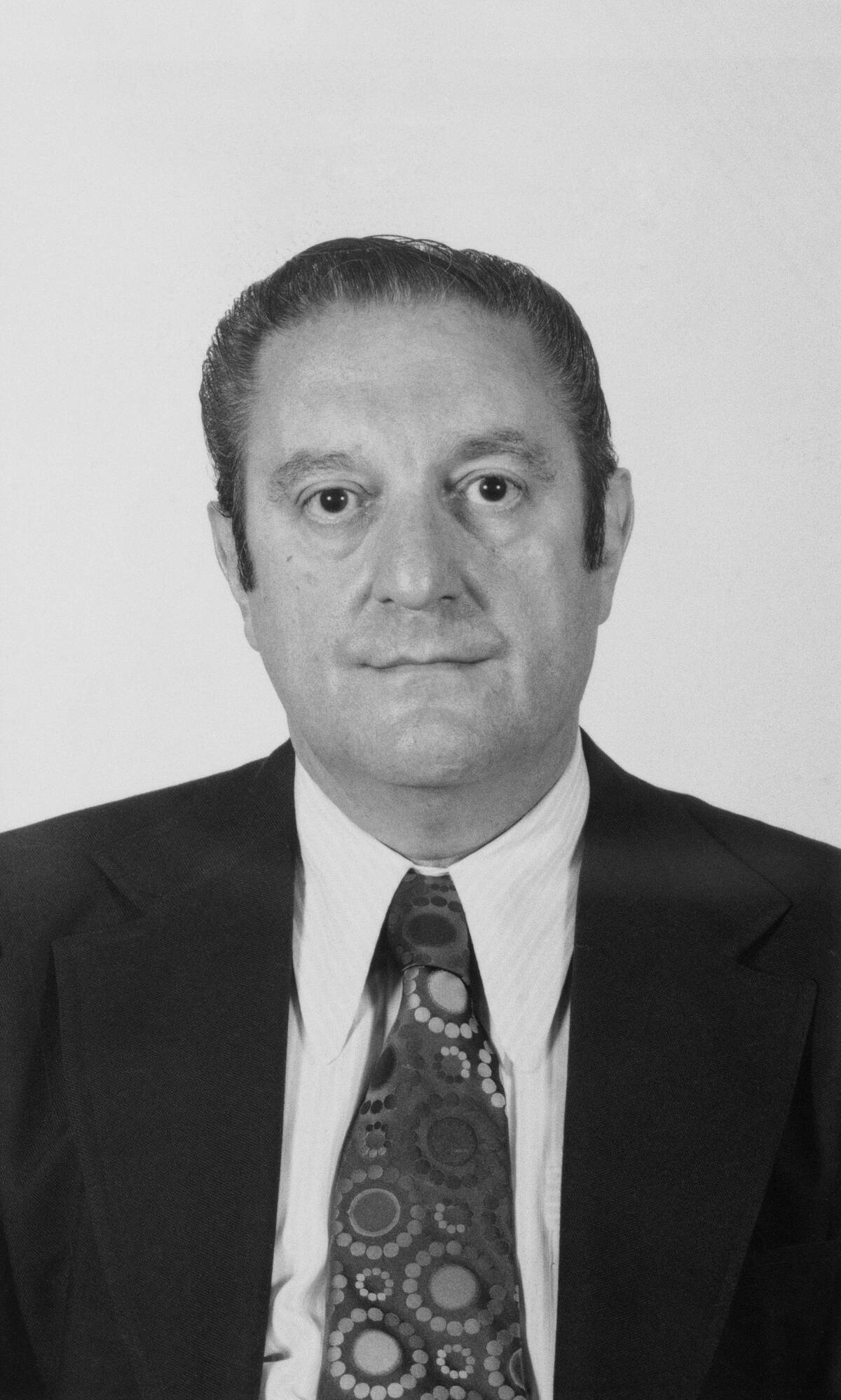
Carlo Gambino was a master of discretion, earning his reputation as a quiet yet powerful figure in organized crime. He became the head of the Gambino family, one of the most influential crime families in New York. Gambino’s leadership style was characterized by strategic alliances and a preference for behind-the-scenes maneuvering. His ability to avoid public scrutiny and maintain a low profile contributed to his long and successful reign as a mob boss.
Dutch Schultz: The Beer Baron of the Bronx
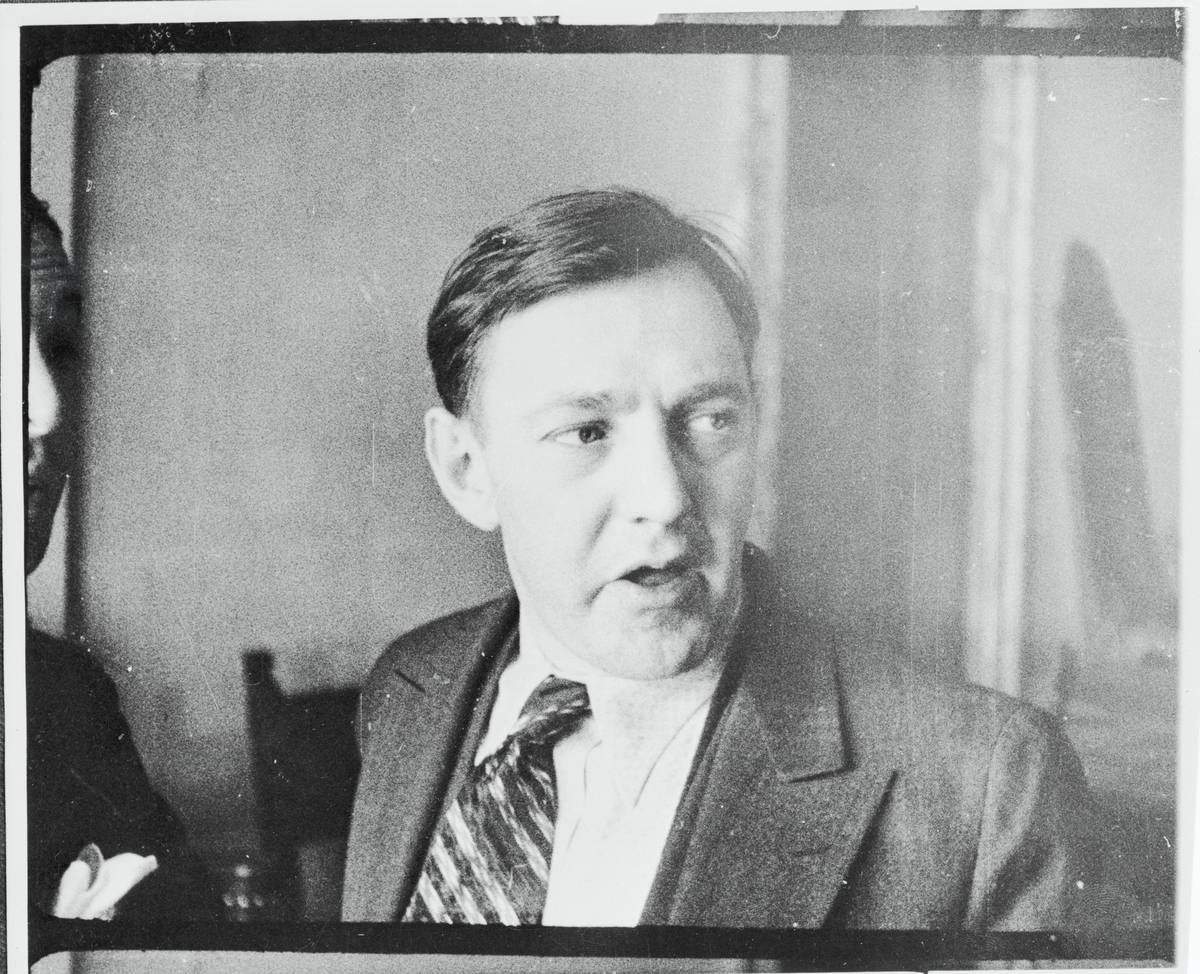
Dutch Schultz was a prominent bootlegger during Prohibition, known for his control of the Bronx’s beer distribution. His operations extended beyond alcohol, involving numbers rackets and other illicit activities. Schultz’s aggressive tactics and volatile personality led to conflicts with both rivals and law enforcement. His untimely death in a hospital after being shot by hitmen marked the end of an era but solidified his status as a notorious figure in the annals of organized crime.
Whitey Bulger: The Boston Crime Kingpin
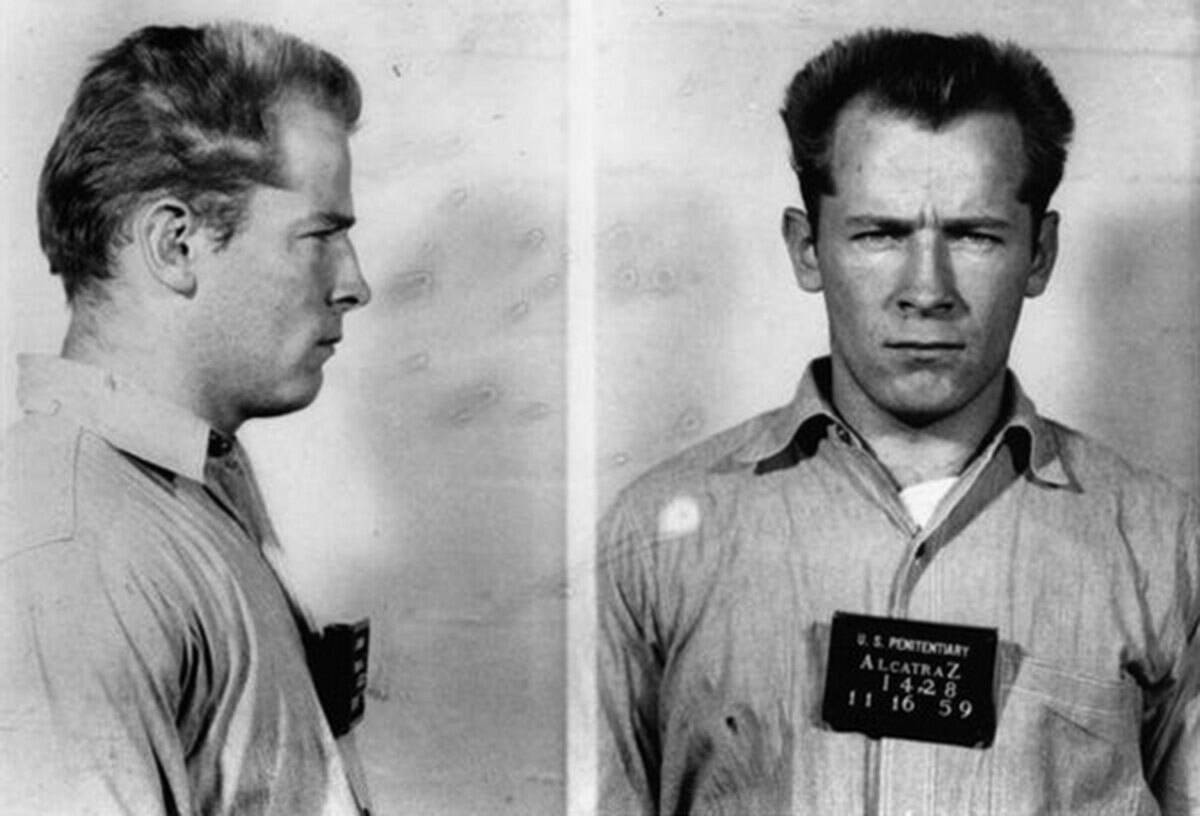
James ‘Whitey’ Bulger was a notorious figure in Boston’s criminal underworld. As the leader of the Winter Hill Gang, Bulger was involved in numerous illegal activities, including drug trafficking and extortion. His ability to evade capture for years was aided by his role as an FBI informant, a position that provided him with protection. Bulger’s eventual arrest and conviction brought an end to his reign, but his story continues to captivate those fascinated by crime and betrayal.
Sam Giancana: The Mobster with Political Connections
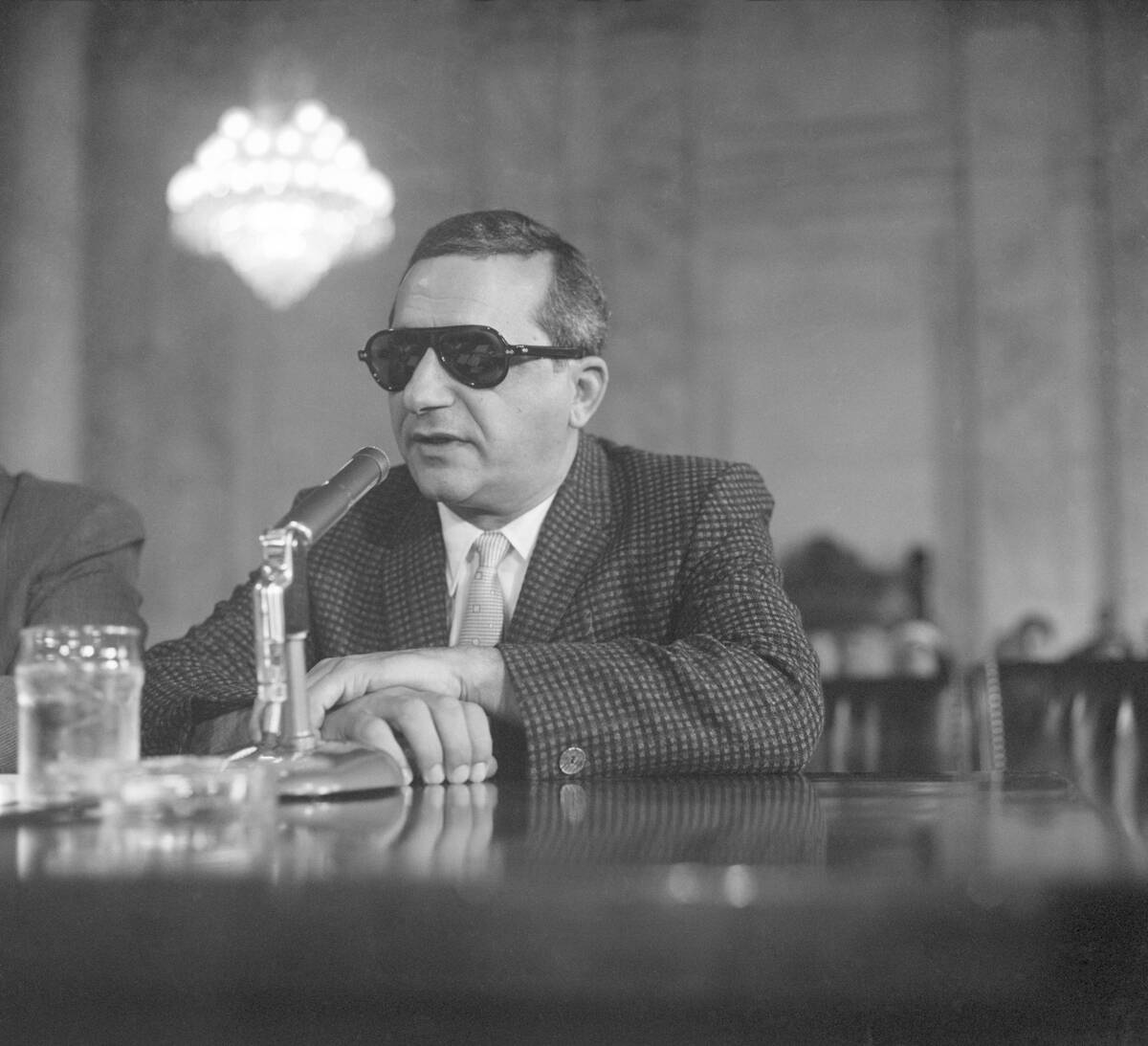
Sam Giancana was known for his ties to both organized crime and politics. As a leader of the Chicago Outfit, Giancana’s influence extended into the political realm, with alleged connections to the Kennedy family. His involvement in Las Vegas casinos and CIA plots against Fidel Castro added to his mystique. Giancana’s life was cut short in a mob hit, but his legacy as a savvy operator who blurred the lines between crime and politics remains.
The Legacy of Mobsters in 20th Century Pop Culture
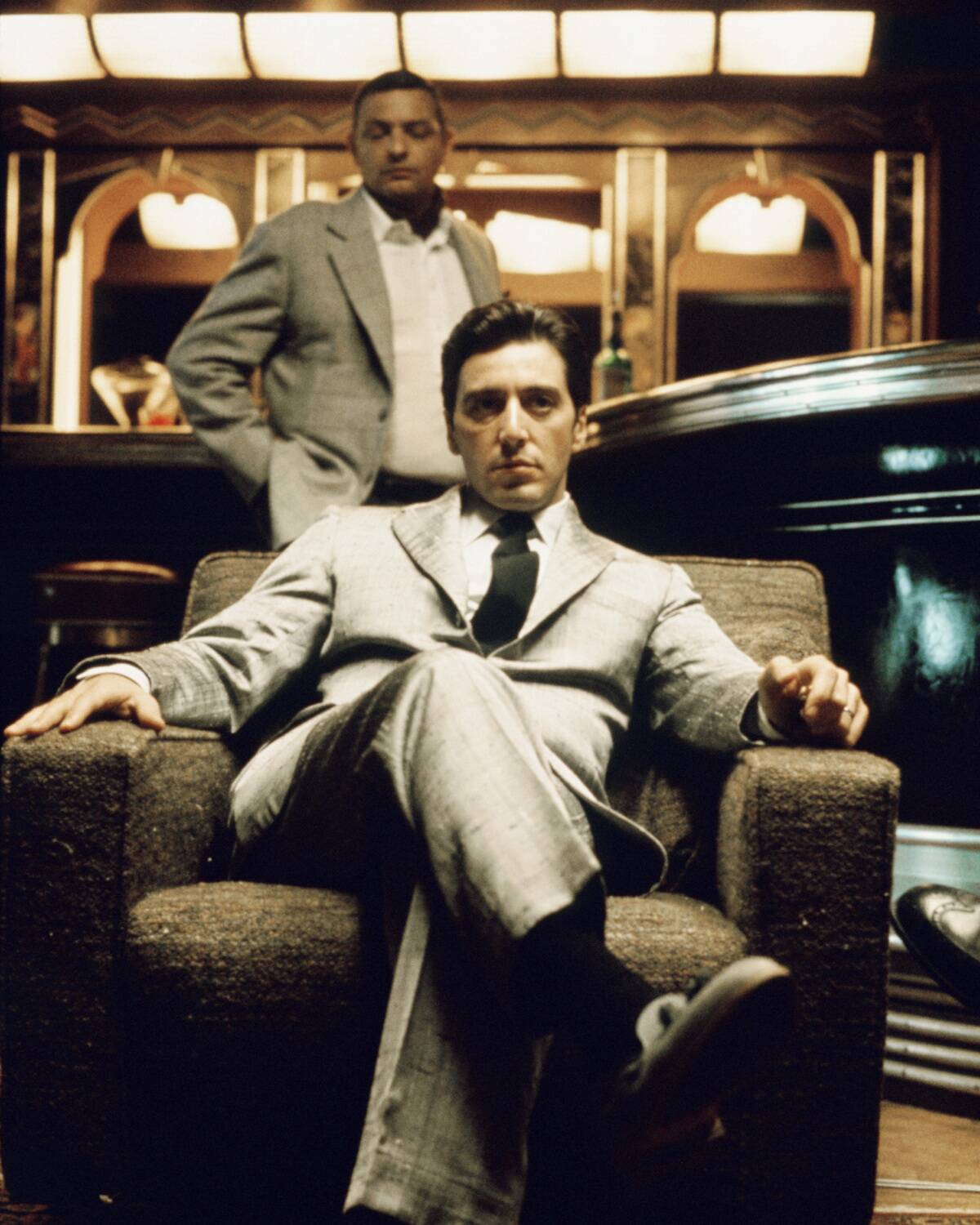
The mystique surrounding 20th-century mobsters has left an indelible mark on pop culture. From films like ‘The Godfather’ and ‘Goodfellas’ to television series like ‘The Sopranos,’ the tales of organized crime captivate audiences with their drama and intrigue. These stories explore themes of power, loyalty, and betrayal, resonating with viewers worldwide. The larger-than-life personas of these real-life figures continue to inspire countless works of fiction, ensuring their place in cultural history.



